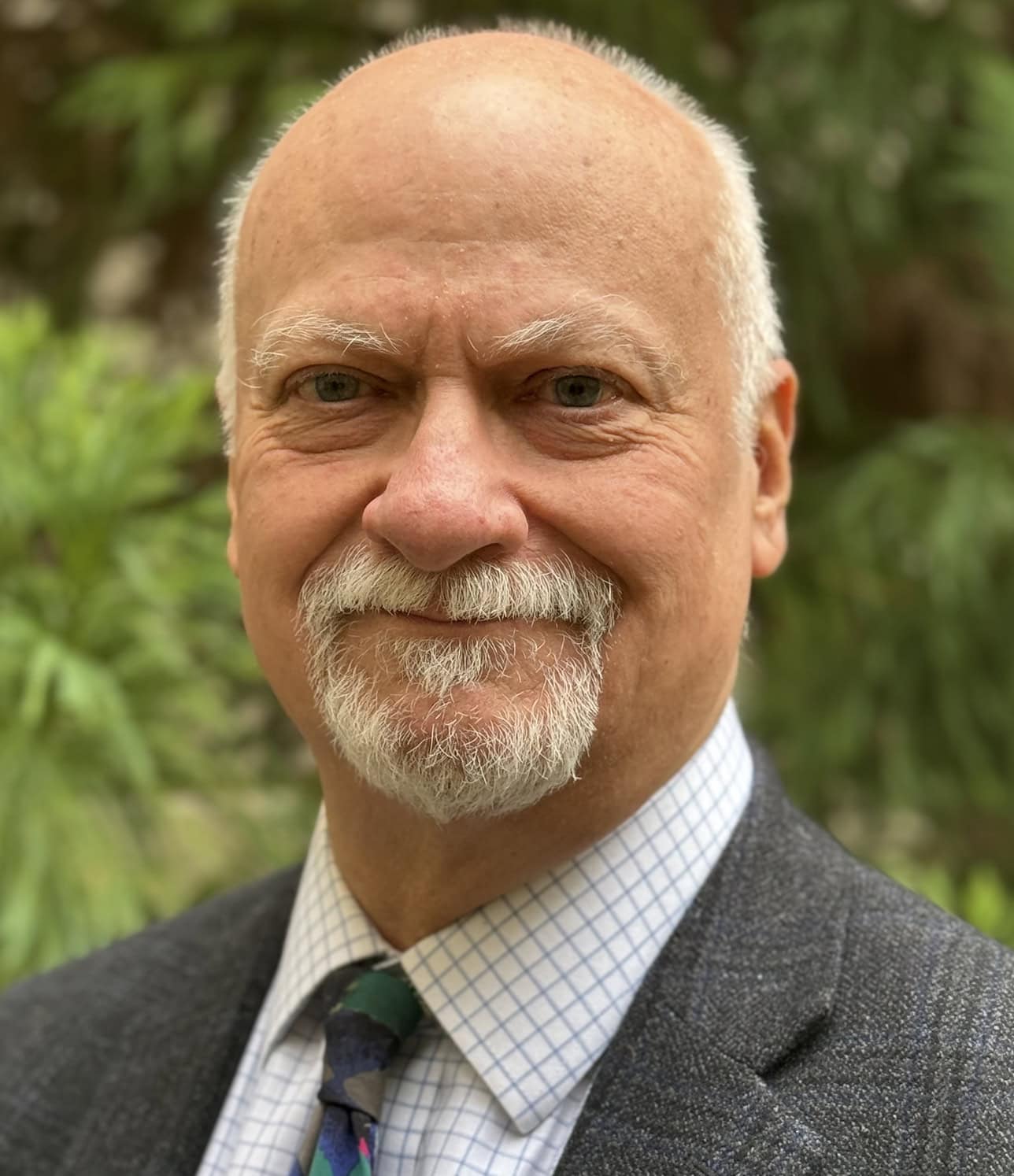Biosketch
Peter T. Wolczanski has been the Todd Professor in the Department of Chemistry & Chemical Biology (CCB) at Cornell University since 1992. Born in Utica, NY to Stanley J. and Wanda M. Wolczanski in 1954, he obtained his B.S. in chemistry in 1976 from the Massachusetts Institute of Technology (MIT), where he helped Mark S. Wrighton study the photoelectrolysis of water. At Caltech, he investigated early transition metal hydride reactivity with John E. Bercaw, obtaining his PhD in 1981, and started as an Assistant Prof. at Cornell later that year. He was a Visiting Miller Research Professor at the University of California, Berkeley (1995), a visiting professor at MIT (2001) and the University of Erlangen-Nuremberg (2008), and a visiting scientist at DuPont (1988). He was given the American Chemical Society Award in Organometallic Chemistry (2011) and the Casimir Funk Natural Science Award from the Polish Institute of Arts & Sciences of America (1998), and is a fellow of the American Academy of Arts & Sciences (1999). He credits M. S. Wrighton for triggering interest in inorganic chemistry, and J. E. Bercaw as his academic role model. Collaborations with T. R. Cundari, and guidance from B. K. Carpenter, R. Hoffmann, D. B. Collum and J. Clardy in CCB, were critical to his scientific growth. He has mentored 40 fantastic PhD students, 23 UGs, and 4 PD fellows who are directly responsible for his diverse and fundamental research. His lovely wife Elizabeth A. Wood, children Alex and Grace, and interests in golf, wine, and coaching youth hockey and baseball have preserved his sanity.
Research Interests
Early research interests of Peter T. Wolczanski concern the synthesis of early transition metal complexes supported by sterically encumbering alkoxide, siloxide and silamide ligands. Low-valent complexes, mostly featuring stable or transient low-coordinate species, are highly reactive, and the activation -- the breaking of pertinent bonds -- of small molecules such as dioxygen, carbon monoxide, carbon dioxide, and methane proved fundamental; larger substrates like hydrocarbons, heterocycles, and pnictogen species ensued. Related mechanistic studies helped elucidate paths of autoxidation, oxygen-atom transfer (OAT), Fischer-Tropsch products, hydrocarbon selectivity, beta-X-elimination, and olefin-to-alkylidene conversions. Geometric analyses were featured, and consequences of orbital symmetry were shown to differentiate 2nd vs 3rd row reactivity. Redox non-innocence (RNI) became a later focus, and carbon-carbon bond forming processes via nitrogen-containing ligands were prominent. Tetradentate and bidentate chelates were platforms for RNI behavior, including carbonylation catalysis and multi-redox events. A focus on iron featured rare nitrene insertions, alkylidenes, and the extraction of dinitrogen from air. Synthetic chemistry is pivotal, highlighted by three coordination, covalent metal-organic networks (CMON), poly-amido-imido-nitrides (PAIN), heterobimetallics, metal-thiolate wheels, unusual metal-metal bonds, hexaacetylides, the application of propellanes, and pentagonal planar species. He has proposed a "single charge" alternative to formal oxidation states.
Membership Type
Member
Election Year
2024
Primary Section
Section 14: Chemistry
